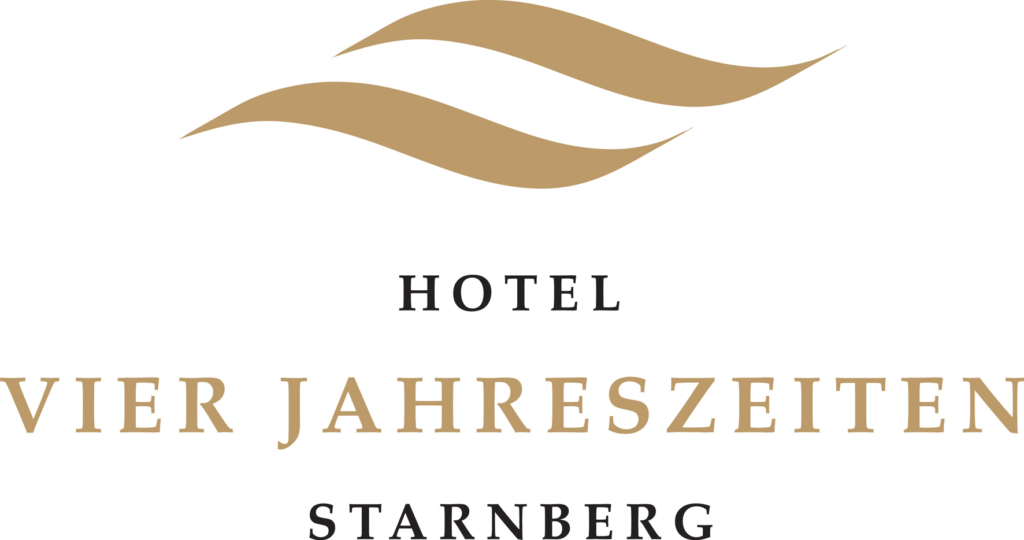What do airlines, tour operator and hotels have in common? All of them sell fixed time-limited resources. Moreover, when it comes to maximizing revenue from a fixed resource, say, hotel rooms, and a permanently fixed price does not help! Let us find out why.
Today, industries like hospitality and tourism face a constantly changing customer landscape, wherein seasonal opportunities like events, contingencies and trends rapidly come and go. Leveraging these opportunities to maximize revenue is only possible with a well-planned yield management strategy.
This article focuses on how yield management can be a boon to your revenue maximizing pursuits for your hospitality business and help you build the right hotel management strategy. First, let us get to the basics!
What is Yield Management?
Simply put, Hotel Yield Management involves selling the right room to the right customer at the right time. Since competitor price, customer preferences, budgets and demand levels keep changing, a variable pricing strategy also called as dynamic pricing is used to tweak room rates in accordance with the said factors.
Consider a scenario involving an impending festival in your city. Since festivals cause an obvious increase in the group bookings, this would call for a specific strategy to tap the group-booking segment. You can adopt a ‘time-penalty’ approach, which involves a gradual increase in price as the date of the festival nears. This way, while getting more booking volume by encouraging customers to book early, you also get to justify a higher price for bookings made later on and drive additional revenue.
How Does it Benefit Hotels?
A robust revenue management system can bring a sales uplift of up to 10%, as per a study. Here are some other interesting findings:
• Decrease Errors: Hospitality is an industry that runs on repute. Accurate forecasting decreases pricing errors. This will benefit both your credibility and forecast results and actions. With a yield management process, you foresee changes and promptly act on them, eliminating any miscalculated risks.
• Understanding Customer Expectations: Given how dynamic the hotel business environment is, consumers’ tastes keep wavering too. For example, while some hotels seem to utilize a system full of automated services well, others witness an inclination of guests towards an authentic, personal experience. Effective yield management helps you understand customer expectations well and makes it easier for you to cater to the right customers and carry out price changes driven by customer preference.
• Effective Segmentation: If you focus on catering to a specific market segment for long, you may be missing on other segments that may be equally or more profitable. Yield management will enable you to understand which areas are untapped and enable you to formulate a plan to tap the same. For example, low prices may be offered to leisure-oriented guests who usually book tickets early, as opposed to corporate guests who show up at short notice periods and can hence be charged more.
• Competitive Pricing: When you employ a variable pricing strategy, you eagerly inquire your competitors’ rates and get a better idea of an ideal Average Daily Rate. Following this approach, you can drive more revenue by focusing on profitable bookings, unlike those hotels who may make the mistake of emphasizing booking volume and lose potential revenue.
This is just the tip of the iceberg. Yield management can be a great revenue-maximizing machine, if only you learn to do implement it correctly!
An Effective Yield Management System
Although formulating an effective revenue management system is never a one-size-fits-all process, you can focus on the following four key practices that throw you into the ballpark.
• Understanding Booking Patterns: Now, on a typical day, your hotel has customers booking at extremely short notice periods, and you have some guests booking in advance by months! How do you get through that? A thorough understanding of buying patterns engenders a well-informed pricing system. Ever observed how airlines use their understanding of booking behavior? You will often notice them adopting a ‘U-shaped’ pricing strategy that starts with high pricing about a month prior to booking, declining subtly in the midway through the month, and then surging to its peak in the week just before the booking. This brings on a rush of sales volume that they use to track demand in such short bursts of time to make better pricing strategies out of it.
• Understanding Segment-Specific buying patterns: Buying patterns are segment-specific. For instance, group bookings happen much in advance as compared to individual bookings! Understanding these peculiar differences in buying behaviors is key to crafting custom pricing plans. These may involve, say, raising the prices of group booking packages two weeks prior, to leverage the resulting increase in demand from the said segment.
• Understanding Price Change Impact: Yield management does not stop at the pricing stage. Mechanisms for price control must also be in place in scenarios that cause visible price discrimination and such like. To achieve this, your yield manager must calculate the impact of a price change on the demand for a particular type of room and from different segments in advance. In addition, these insights must be made with a robust competitor rate monitoring system, lest the strategy falls flat.
• Distribution Channel Management Strategy: Strategic pricing alone helps little if your costs going into channel management remain high. With OTAs taking away a high percentage (as high as 30% in some cases) of a regular booking’s cost, distribution channels are quite a sneaky center of cost. To effectively cultivate the services of your online partners, closely monitor the performance of various distribution channels. This allows you to pull your dollars out of low-performing channels and drive more revenue by emphasizing on high-performing distribution sources. A reliable Channel Management system is indispensable to a reliable Yield Management system.
Incorporating the above practices into your business would hinge on a solid Information System, one that involves an integrated and updated central reservation system. The absence of an advanced revenue management tool, would cause errors in forecasts and render the staff unguarded and unaware of accurate room availability figures.
Hotels using yield-management practices confirm having gained a sizeable increase in revenue with minimal investment. For this approach to truly work, a yield manager/revenue manager must have a dedicated staff for research and analysis of the required data and a strong tool to provide right insights and actionable. While airlines have been quick to adopt the approach and continue to benefit from it, hotels are also fast catching up. There is plenty good reason they should!
 Deutsch
Deutsch Português
Português Italiano
Italiano Espanol
Espanol čeština
čeština ไทย
ไทย Français
Français

